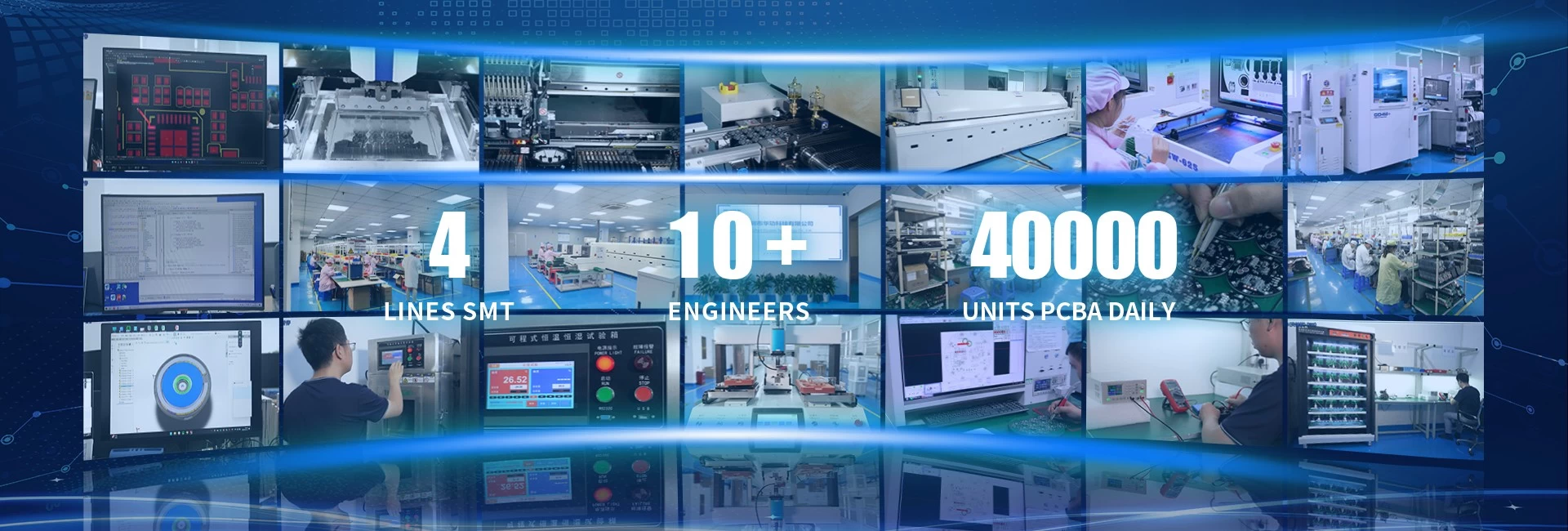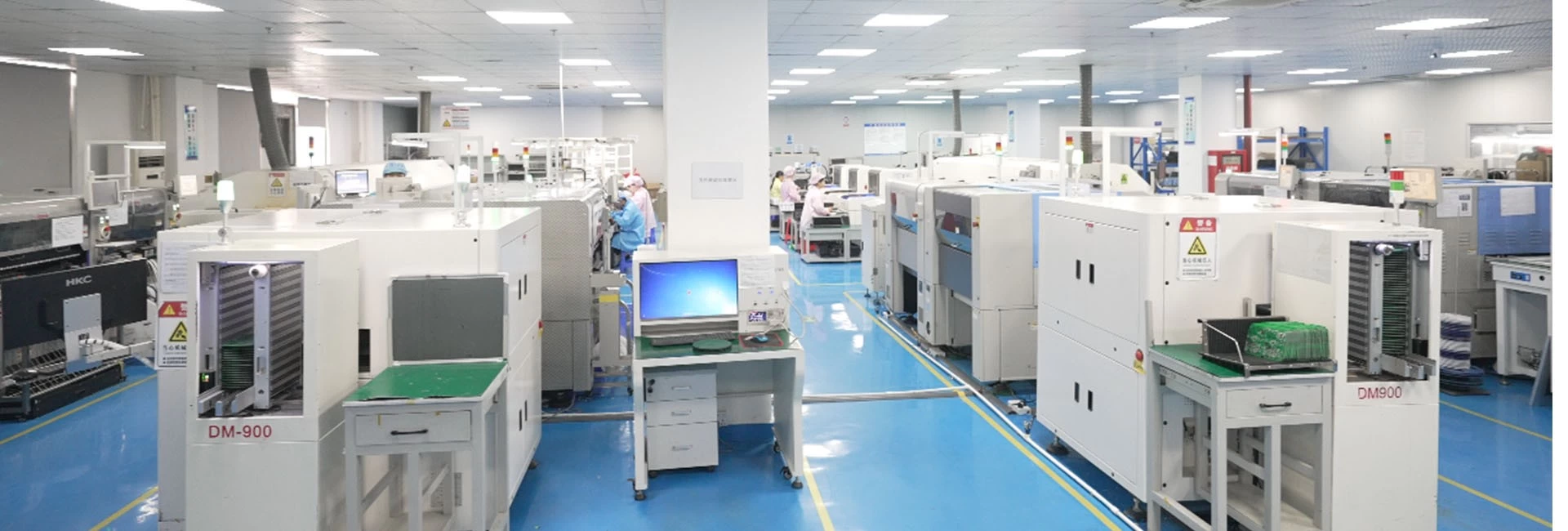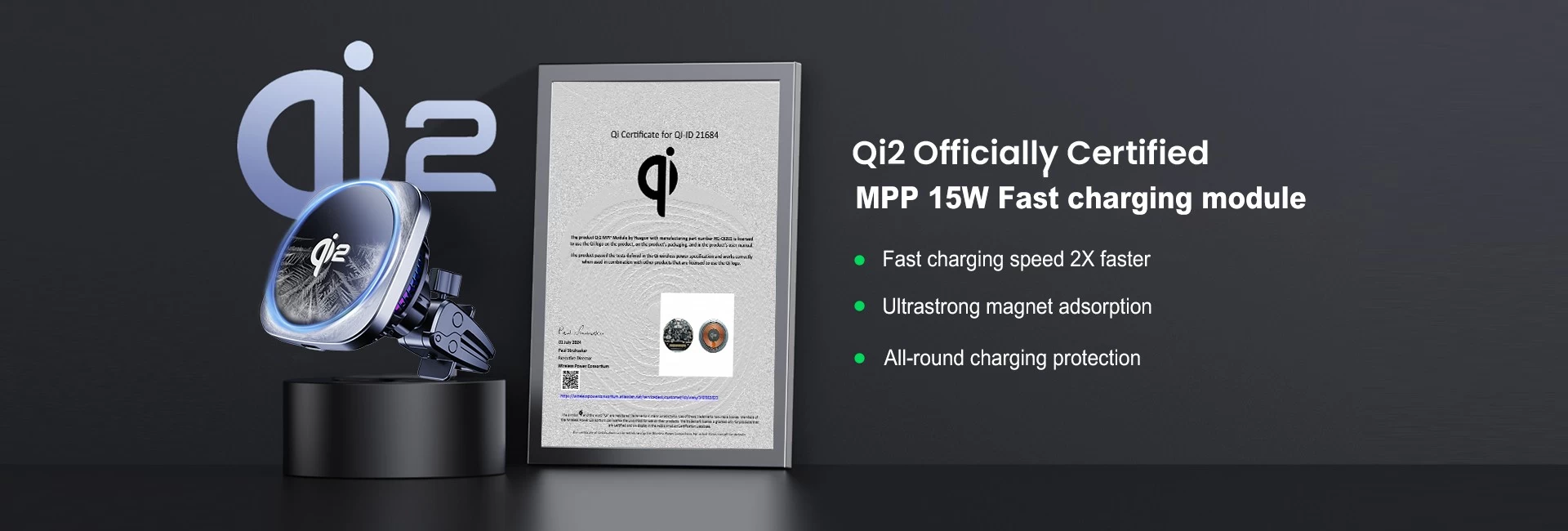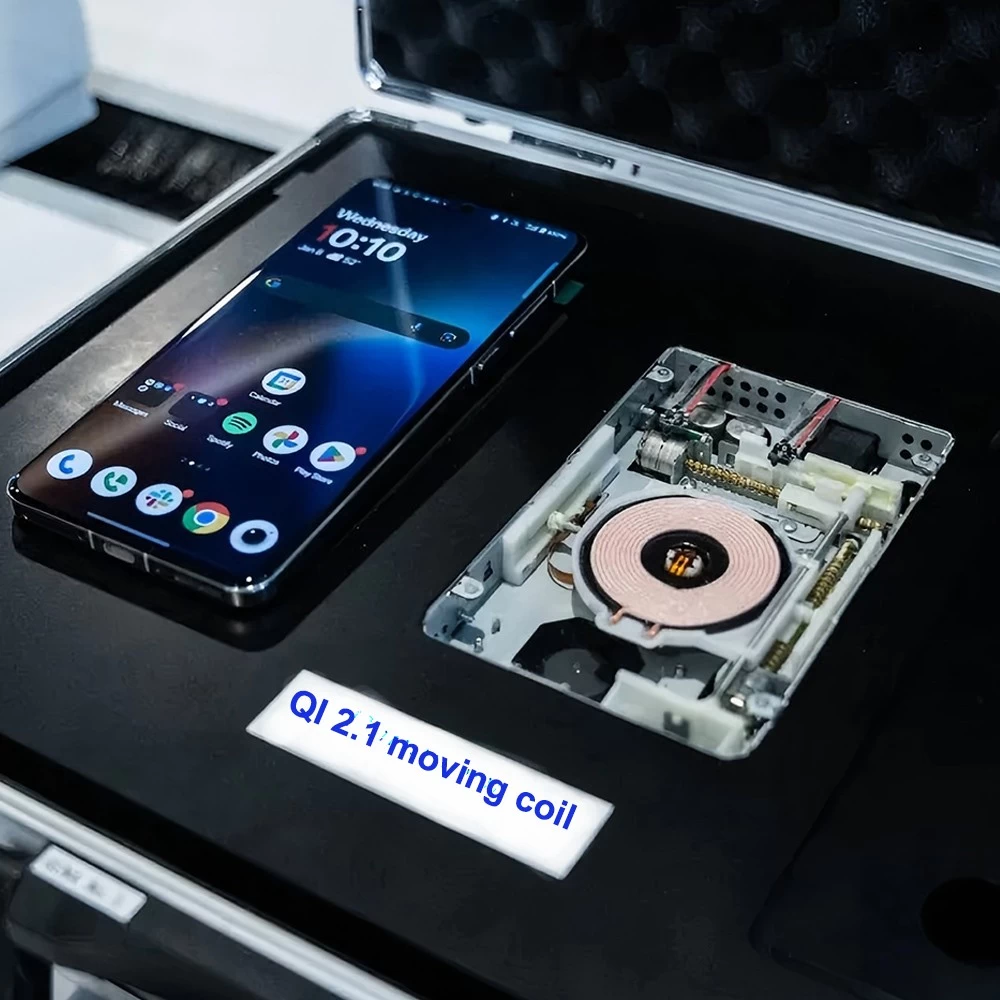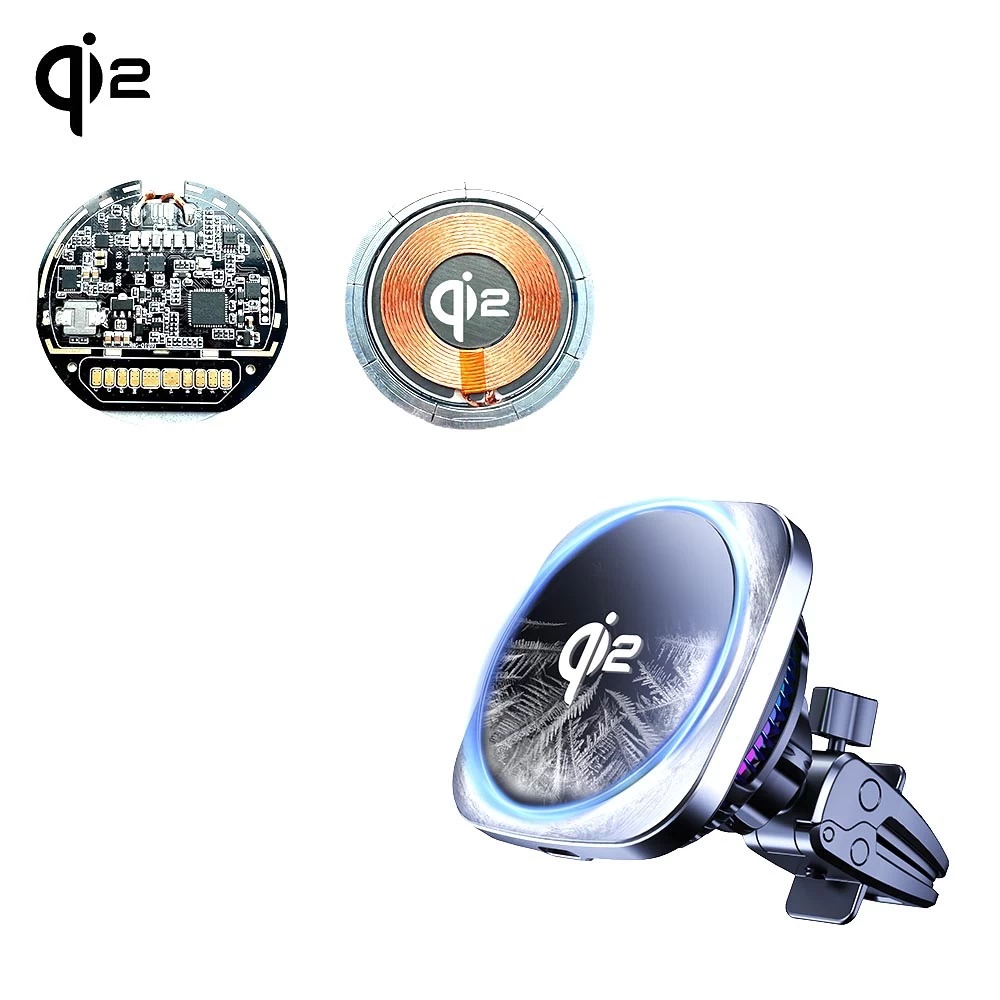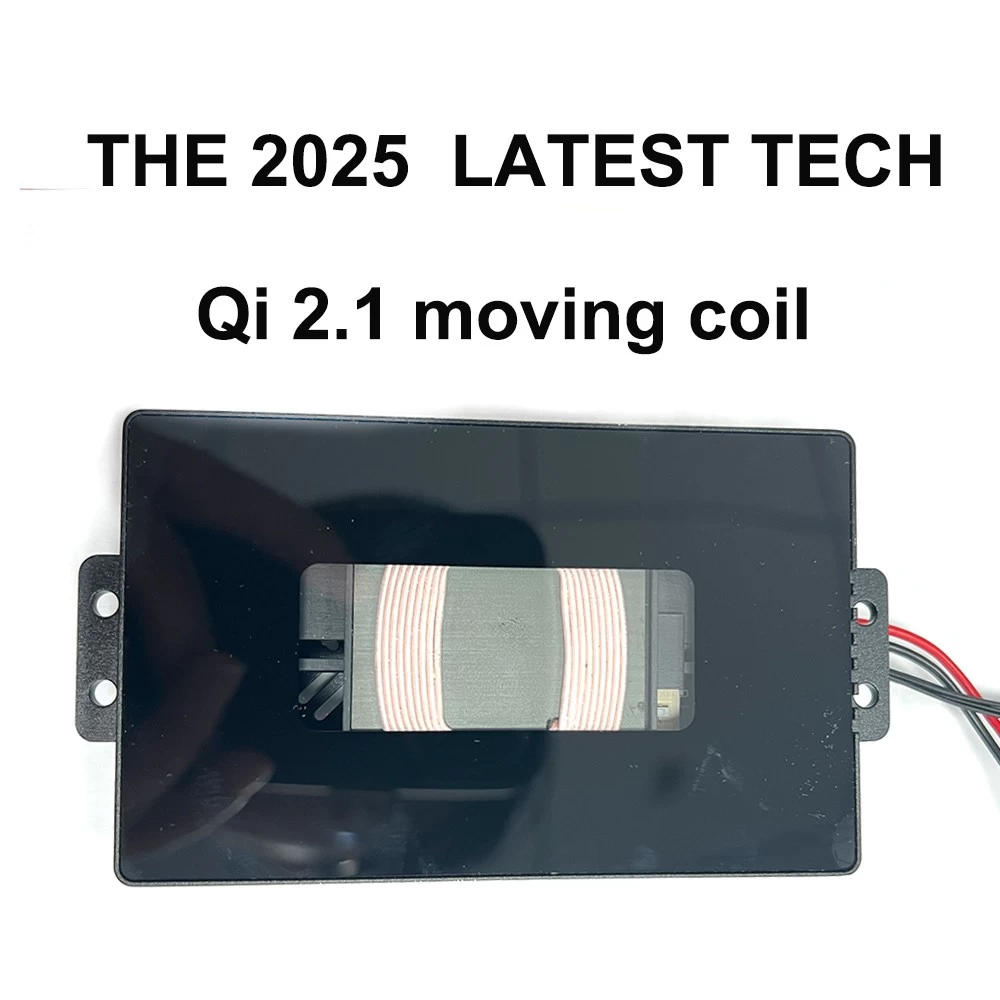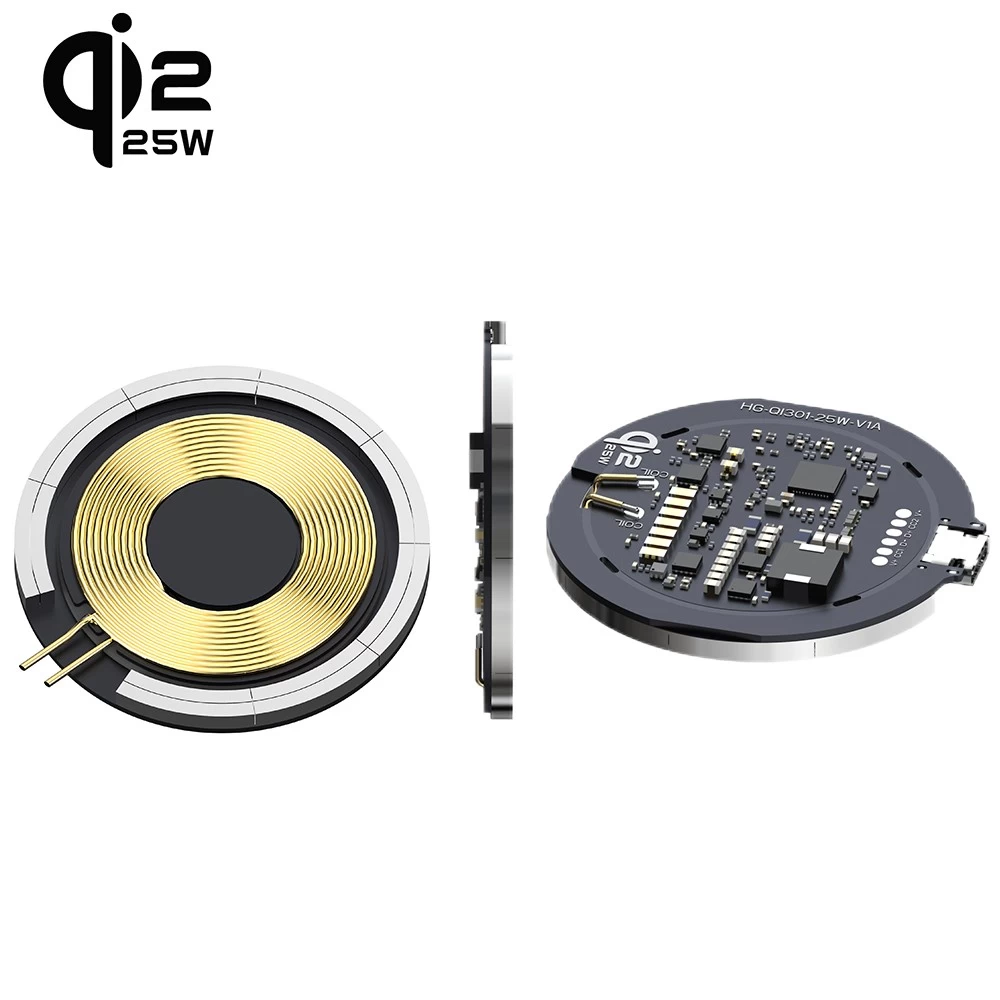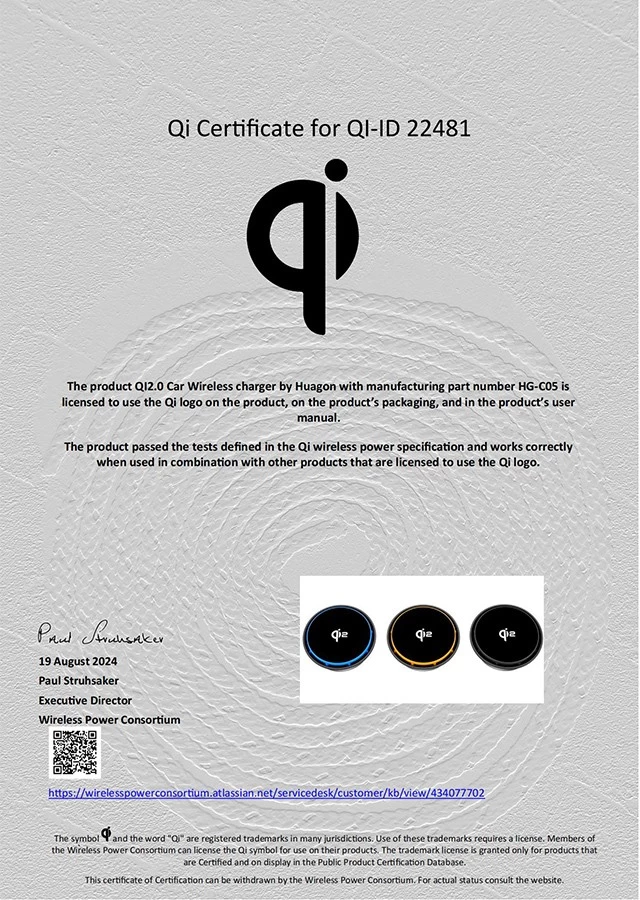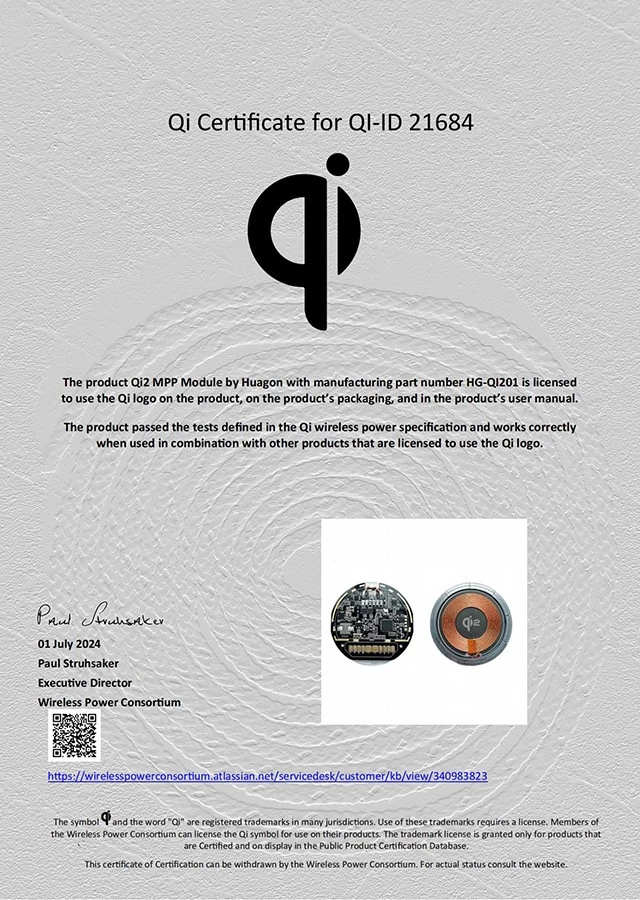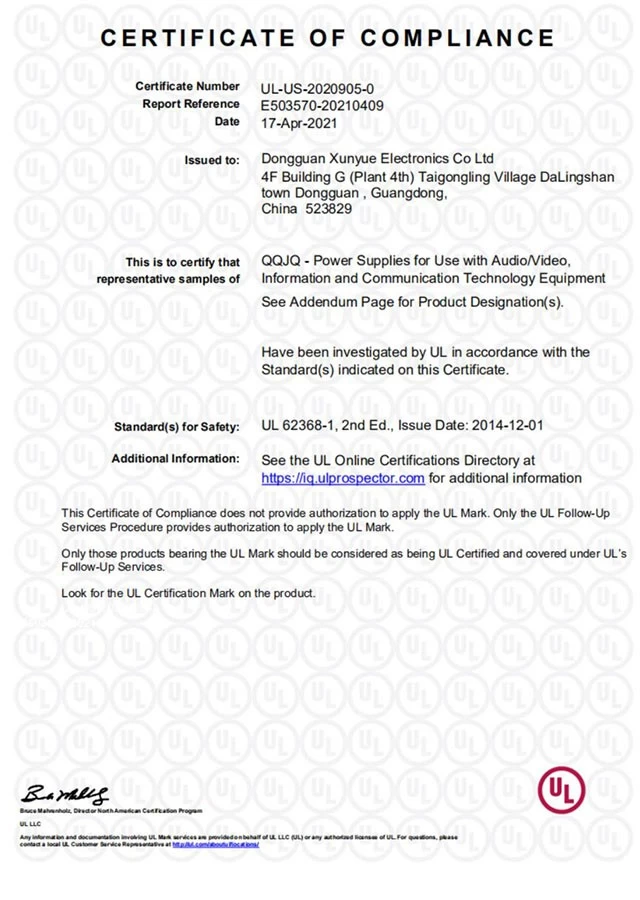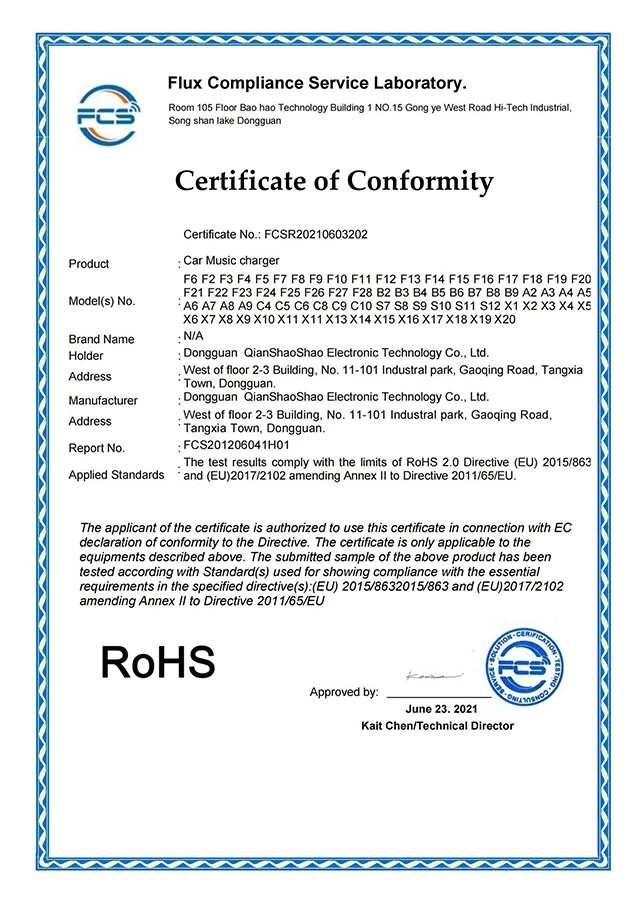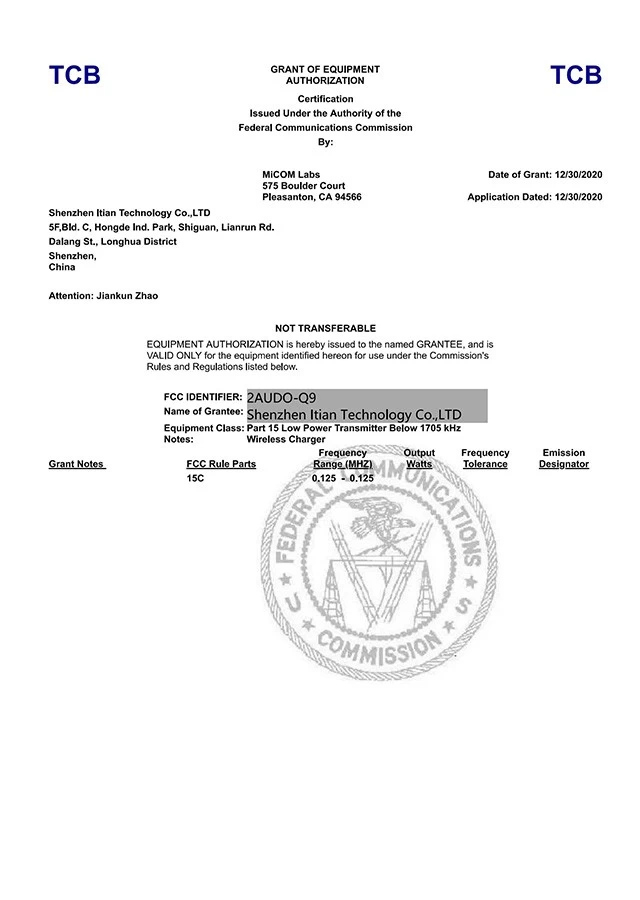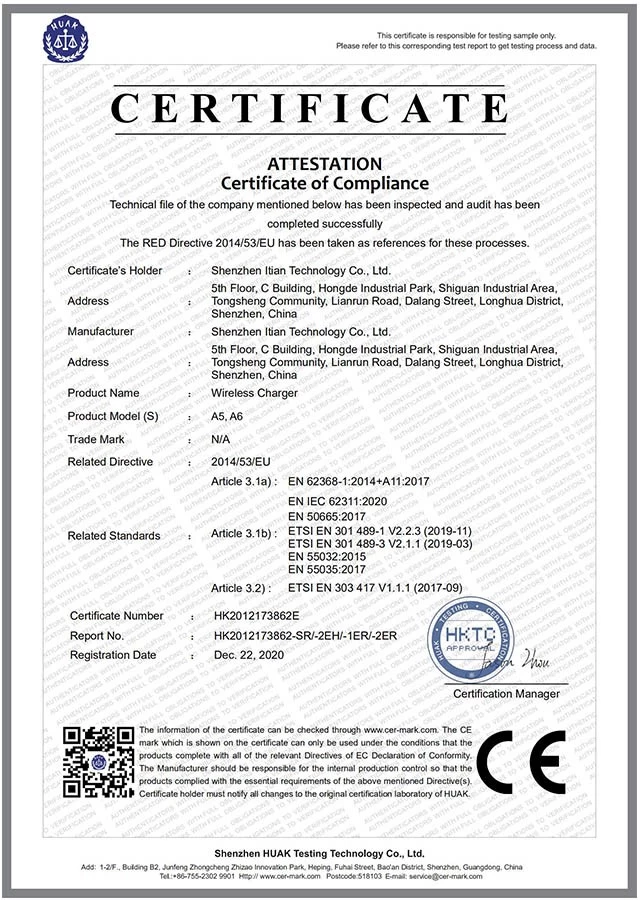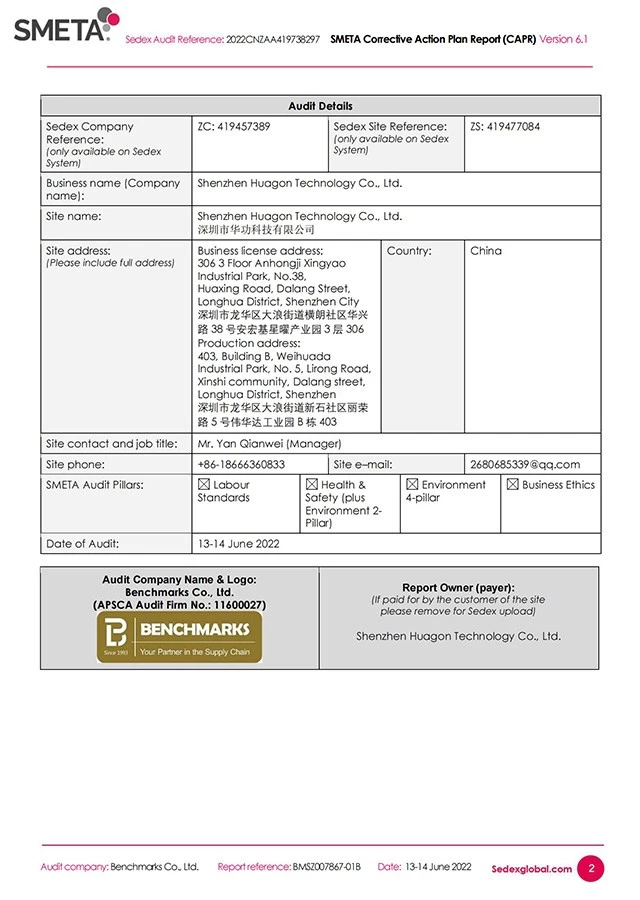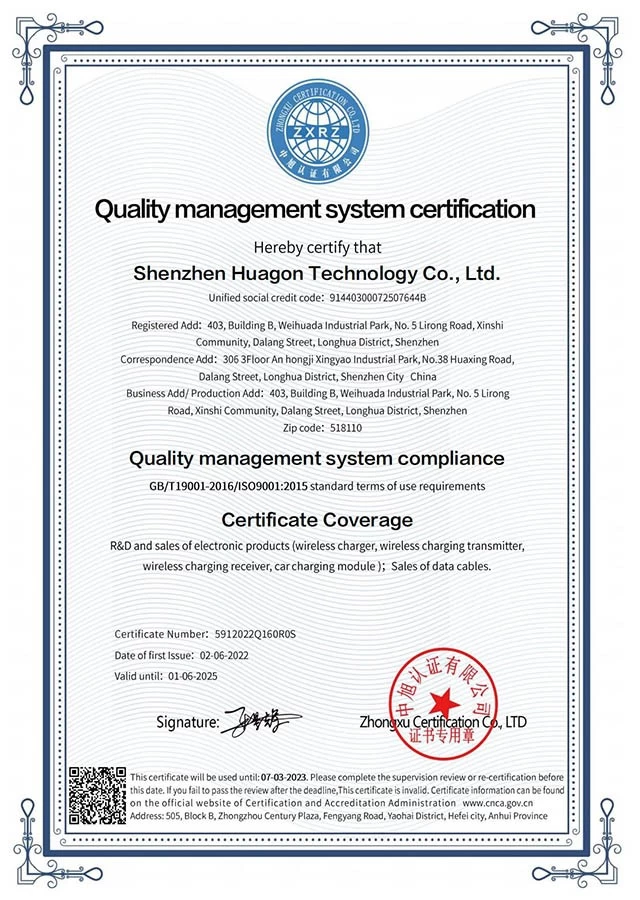THE NEWEST INFORMATION ON QI2.1 WIRELESS CHARGING
As of 2025, the Wireless Power Consortium (WPC) has introduced significant updates with Qi 2.1, the latest iteration of its wireless charging standard. These changes represent the industry's ongoing effort to provide faster, more efficient, and more reliable charging solutions for a variety of devices, ranging from smartphones and wearables to larger electronics like laptops and electric vehicles. Here’s an in-depth look at the key updates and advancements in Qi 2.1:
Click China Qi2 car charger 15W factory to know more.
1. Improved Charging Speeds
One of the standout features of Qi 2.1 is its focus on enhancing charging speeds. This version builds on the high-power charging capabilities introduced in Qi 2.0. With Qi 2.1, maximum power delivery has been increased to support faster wireless charging across more devices, particularly high-end smartphones and larger form factors. The update allows for speeds up to 40W for smartphones and extends the potential for even higher power levels for other categories of devices, such as laptops and future electric vehicles.
This increase in charging speed is made possible by improvements in power delivery (PD) standards, as well as advancements in coil design and heat management, ensuring devices charge more efficiently without excessive heating.
2. Multi-Device Charging and Power Management
Qi 2.1 introduces more robust multi-device charging capabilities, allowing users to charge multiple devices simultaneously with greater efficiency. This is particularly useful for environments like offices or homes, where users may want to charge smartphones, smartwatches, and wireless earbuds on the same charging pad.
A significant enhancement in Qi 2.1 is the power-sharing feature. This enables charging pads to intelligently distribute power based on the needs of each device. For example, if you place a smartphone and a smartwatch on the same charger, the charging pad will allocate more power to the phone (which may require more energy) while providing optimal power levels to the smartwatch.
3. Wider Compatibility and Universal Integration
In Qi 2.1, WPC has placed a heavy emphasis on broader compatibility, ensuring that the standard works seamlessly across devices and ecosystems. With the growing diversity in the types of devices that rely on wireless charging, from wearables to healthcare gadgets, Qi 2.1 is designed to be universally applicable, with backwards compatibility to earlier versions of Qi. This means that consumers who upgrade to Qi 2.1-enabled devices or chargers won’t face compatibility issues with older Qi products.
Additionally, the integration of more advanced chipsets in devices allows for better communication between the charger and the device. This ensures that each device receives the correct amount of power, optimizing both efficiency and safety.
4. Enhanced Security and Safety Features
Safety and security continue to be a major focus in Qi 2.1. The updated standard includes improvements in authentication processes to reduce the risk of counterfeit chargers and devices that could damage batteries or pose a risk of overheating or fire. Qi 2.1 includes more stringent standards for heat management, fault detection, and surge protection, ensuring that devices are not exposed to unsafe levels of voltage or temperature.
Furthermore, Qi 2.1 introduces more sophisticated error detection protocols that help prevent the charger from powering up if it detects an unsafe situation, such as when an object is obstructing the charging pad or when there’s a short circuit.
5. More Efficient Power Delivery Protocols
Qi 2.1 continues to refine the power delivery protocols, ensuring energy is transferred more efficiently. This reduces energy waste and improves the overall environmental footprint of wireless charging. WPC has worked to reduce standby power consumption, ensuring chargers consume less power when they are not actively charging a device. This feature makes Qi 2.1 a more eco-friendly solution compared to earlier wireless charging technologies.
6. Greater Emphasis on Green Energy and Sustainability
The WPC's push towards sustainability is another key element of Qi 2.1. The updated standard supports energy-efficient charging methods that help minimize environmental impact. It also includes guidelines to ensure manufacturers design chargers and devices that are not only more power-efficient but also recyclable and made with sustainable materials.
7. Future Proofing: The Transition to Higher-Power Applications
Looking ahead, Qi 2.1 lays the groundwork for even more demanding power requirements, particularly in the automotive and robotics sectors. The standard is designed to evolve with future technologies that demand higher power levels. For instance, wireless charging systems for electric vehicles (EVs) are expected to see rapid growth, and Qi 2.1 helps prepare for this transition by incorporating the flexibility to scale up power delivery without sacrificing efficiency or safety.
Conclusion
With the launch of Qi 2.1, the Wireless Power Consortium has reinforced its leadership in wireless charging technology. The new features are designed to improve speed, safety, compatibility, and efficiency across a wide range of devices. Whether you're charging your smartphone, laptop, or wearable, Qi 2.1 offers a more robust and reliable wireless charging experience that will likely become the standard for the next generation of consumer electronics.

